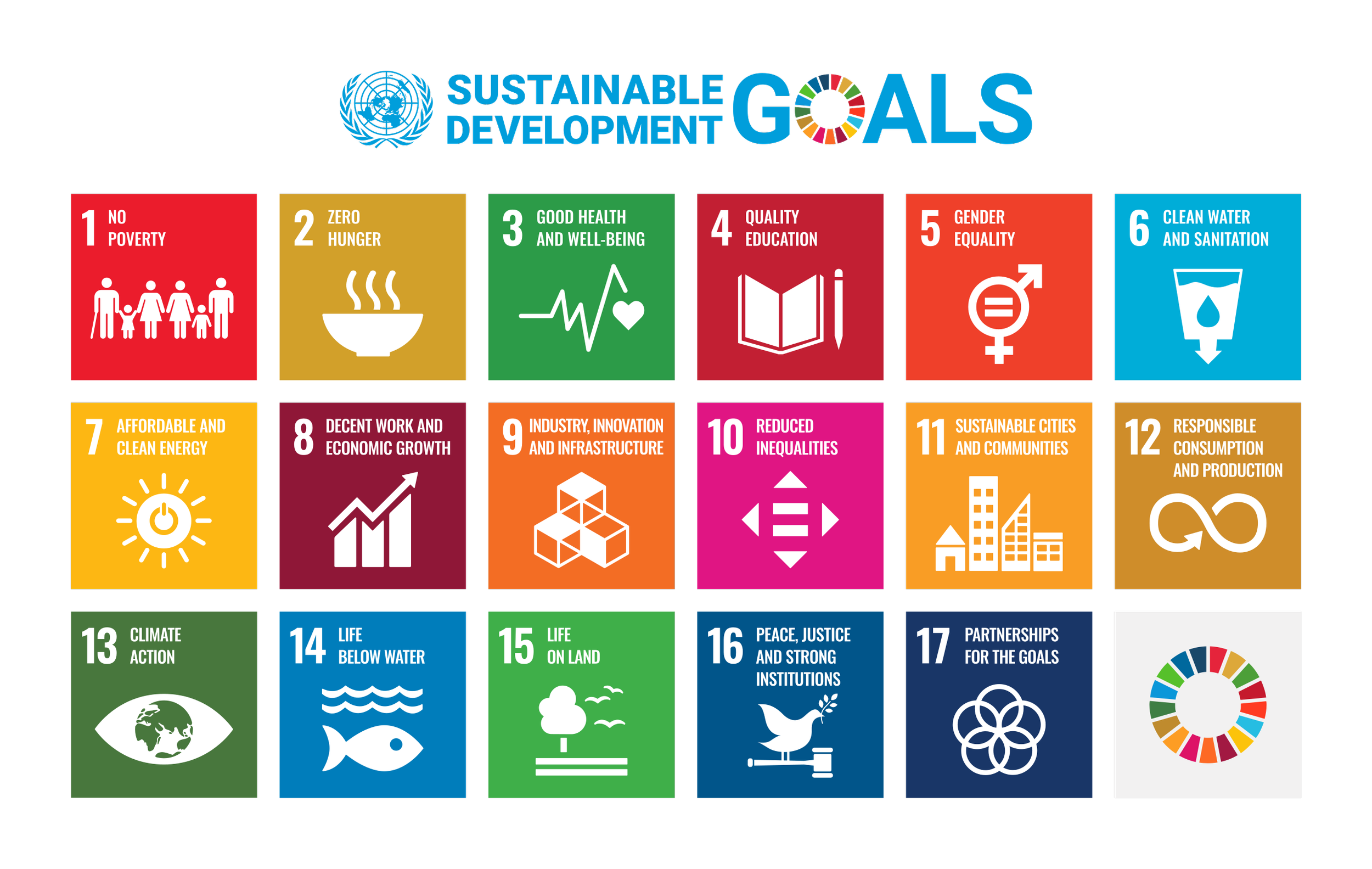The Sustainable Development Goals
In 2015, the United Nations introduced the Sustainable Development Goals—17 interconnected priorities designed to guide collective progress toward a more stable, equitable, and sustainable world.
Since then, they’ve become a common language for governments, businesses, and communities worldwide to measure and coordinate progress.
From city planning in Copenhagen to corporate reporting in Tokyo to community development in Boise, the SDGs help align local actions with global outcomes. They serve as a shared map—connecting diverse efforts toward a single vision of long-term resilience and well-being.
So, why should Idaho For Good care about this framework?
When Idaho For Good sets out to support organizations making a difference in the Treasure Valley and Idaho, the “good” being pursued often spans social equity, economic vitality and environmental health.
The SDGs provide a language and structure that captures all those dimensions. If a local business is tackling local food access, or a nonprofit is rebuilding community infrastructure, these map back into the global conversation. That’s powerful—because it means a local action isn’t isolated, it is part of a whole.
The SDGs also push the thinking from “we did this project” to “what changed?” They invite measurement—not just output (we held a workshop) but outcome (did more people gain something? did something shift?).
That shift matters because Idaho For Good wants to connect efforts in our region to measurable impact. When we say “we’re helping build a resilient community,” the SDG lens gives shape and coherence.
By aligning local impact with a globally recognized framework, organizations gain both credibility and context. It says: this is local and this is meaningful in a global sense.
Ever heard of the saying “Think global, act local?,” this is that in action.
In short: The SDGs are a roadmap born of decades of global dialogue, a set of shared calling cards for change.
For Idaho For Good, they function as the compass that helps identify where local action aligns with big-picture transformation, how that action can be monitored and measured, and how voices from Idaho can echo in the global chorus — and find each other along the way.

